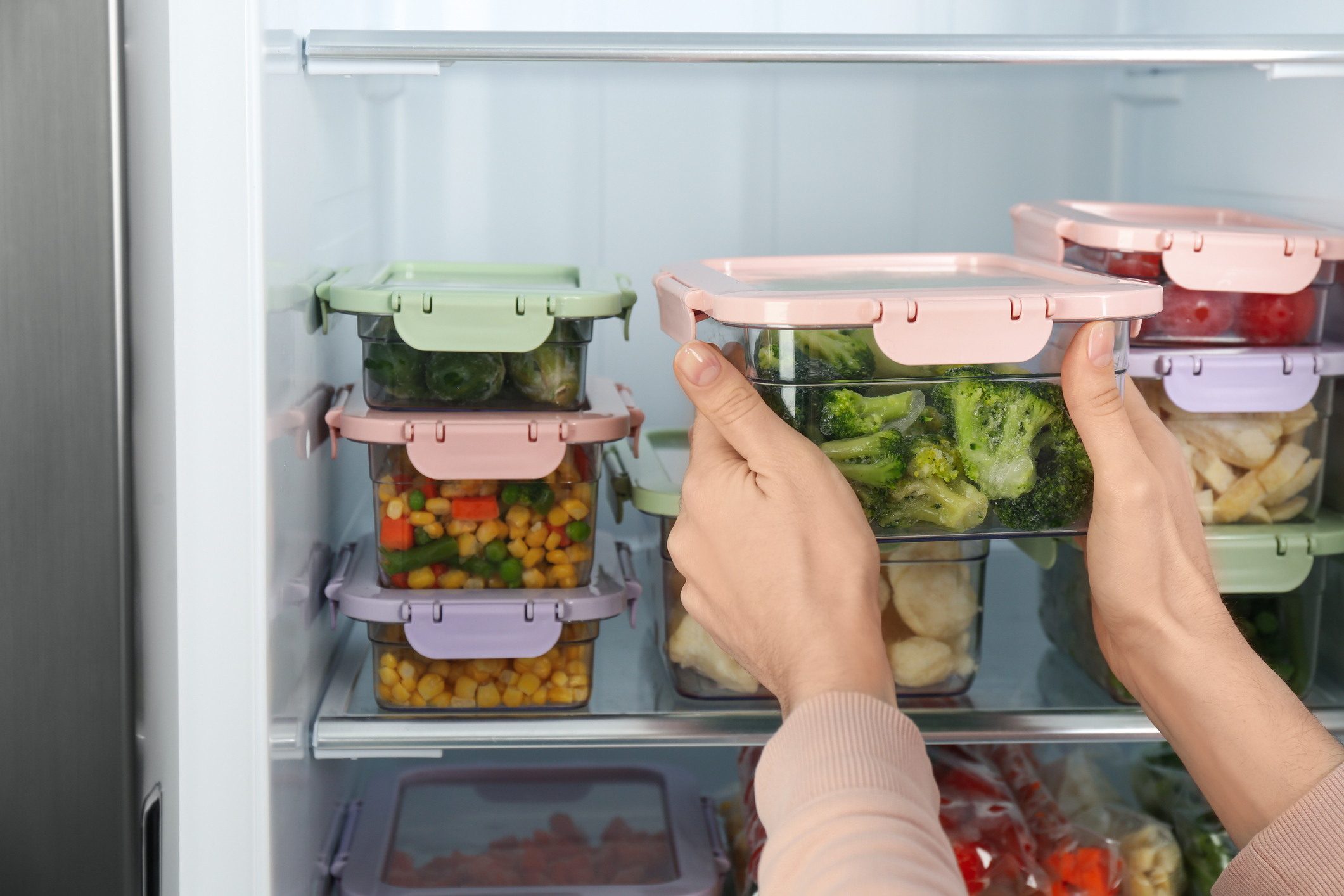
Episode Transcript
Interviewer: That leftover that you brought home from the restaurant because you just couldn't bear to throw it away. Now it sits in your refrigerator, and it's been like a week. And it didn't smell funky. It doesn't look funky. Should you eat it? Should you throw it away?
We're talking with Registered Dietitian, Theresa Dvorak, from University of Utah. So, Theresa, is okay to eat?
Leftover Foods: the Four-Day Rule
Theresa: It's a hard question. Better always to be safe than sorry with food because nobody likes food sickness and food-borne illness because we don't enjoy being sick and feel like having the flu, in bed, and diarrhea and vomiting and the whole nine yards for 12 plus hours, right? And so it's always best to err on the side of caution.
A good rule of thumb is about four days. So from the time that you've prepared the food and put it back into the refrigerator after that dinner, what have you, about four days is kind of a good time, and cleaning out the fridge on kind of a weekly basis is a good way just to kind of keep track of making sure that we're not losing things in the back of the refrigerator. And especially when that leftover was prepared with some kind of meat or dairy or egg, that's when food-borne illness most typically is carried in those types of foods.
If you went out for takeout on Saturday, by Wednesday we should probably be throwing it away and hopefully have eaten it before then. Taking food home as leftovers is a great rule of thumb or just something that you're going to eat for lunch the next day and getting in that good habit because often when we go out to a restaurant we are served two, or three portions, more than we can actually eat.
Interviewer: More than we can eat.
Food Preservation Techniques
Theresa: Right. So taking it home and having it for another meal is good. If you tend to be that person who forgets about things in the fridge, maybe sharing a meal or ordering a half portion or even off the children's menu so that you're not left with that food waste and build up in the refrigerator. Food that has a lot of preservatives to it, like Twinkies. Twinkies don't go bad, so certain foods...
Interviewer: Takeouts don't have those.
Theresa: Not necessarily. Sometimes certain preservatives like MSG are in our takeouts.
Interviewer: Okay.
Theresa: But salt is a preservative and so we have a little bit of preservation that's going on. Just putting it in the refrigerator aids in preservation. And so it's going to be preserved kind of for those four days, but after that point especially if there's some kind of animal product or dairy product in it, I would definitely throw it away.
Interviewer: So I've always heard that when you freeze your food it's good for decades.
Theresa: Well, I don't know about decades, but, you know, a good rule of thumb for freezing is about six months.
Interviewer: Okay.
Theresa: So most foods should be eaten within six months. So if you're putting things in the freezer, I always recommend to date them. So put it on the bag or on the container, what have you, just a piece of masking tape or with a permanent marker, something of that sort, write the date that you're putting it into the freezer. Then you can say, "Has it been in the freezer for a year plus? You're probably not going to recognize it because it's got a lot of frost built up on it and that kind of thing.
Interviewer: Right.
Theresa: It's not going to be very good, especially, again, your meat products. Meat products tend to, more often than out, carry potential foodborne illness bacteria, and we just want to make sure that we're minimizing that exposure because we want our food to be good. We want to have an enjoyable experience with the foods that we make. So always be cautious in the freezer as well.
Interviewer: Right, okay. So for leftovers that you bring home from the restaurant, there's that four-day window and if you know you're not going to eat that within the four days, then maybe it might be a good idea to freeze it.
Theresa: Sure, that could work as well certainly.
Interviewer: Okay.
Theresa: And then you've got a little bit of time there. So if you need a quick meal or something like that, you could put it in a Tupperware container or Ziploc container, something like that, throw it in the freezer, and then you could pull it out, certainly.
Reheating Leftover Foods
The clue with leftovers or things that we're reheating, when we are eating them is to make sure that we bring that internal temperature up to 165 degrees. The best way is to use a thermometer to measure the internal temperature of the foods that you're eating. So if you're reheating, like lasagna, you want to check that the middle of that lasagna is fully reheated. That way it kills any potential food-borne bacteria.
Enjoy your leftovers. It's a great way for portion sizing and eating within moderation, but sharing foods works, certainly, as well with friends at the restaurant. And just make sure that we're eating them within a timely manner within those four days, and that when we do reheat our foods make sure that that internal temperature is 165.
updated: November 3, 2023
originally published: October 8, 2014